8 Best Twilight Zone Episodes Written By Rod Serling, Ranked
Highlights
- Serling’s scripts for The Twilight Zone cover a wide range of themes, from horror and suspense to poignant and touching tales.
- His influence on other storytellers is evident, with episodes like “The Long Morrow” inspiring future adaptations.
- With iconic episodes like “The Monsters Are Due On Maple Street” and “Eye Of The Beholder,” Serling’s work in The Twilight Zone remains timeless and influential.
Rod Serling earned a writing credit on over 90 episodes of The Twilight Zone, an impressive number accumulated partly by crafting the stories from scratch and partly by adapting existing fiction (as in the case of classic episodes like “The Hitch-Hiker” and “Time Enough At Last”). Those for which Serling was purely responsible account for some of the anthology show’s finest installments, and cover themes from fears about communist infiltration and nuclear strikes to the legacy of the Second World War.
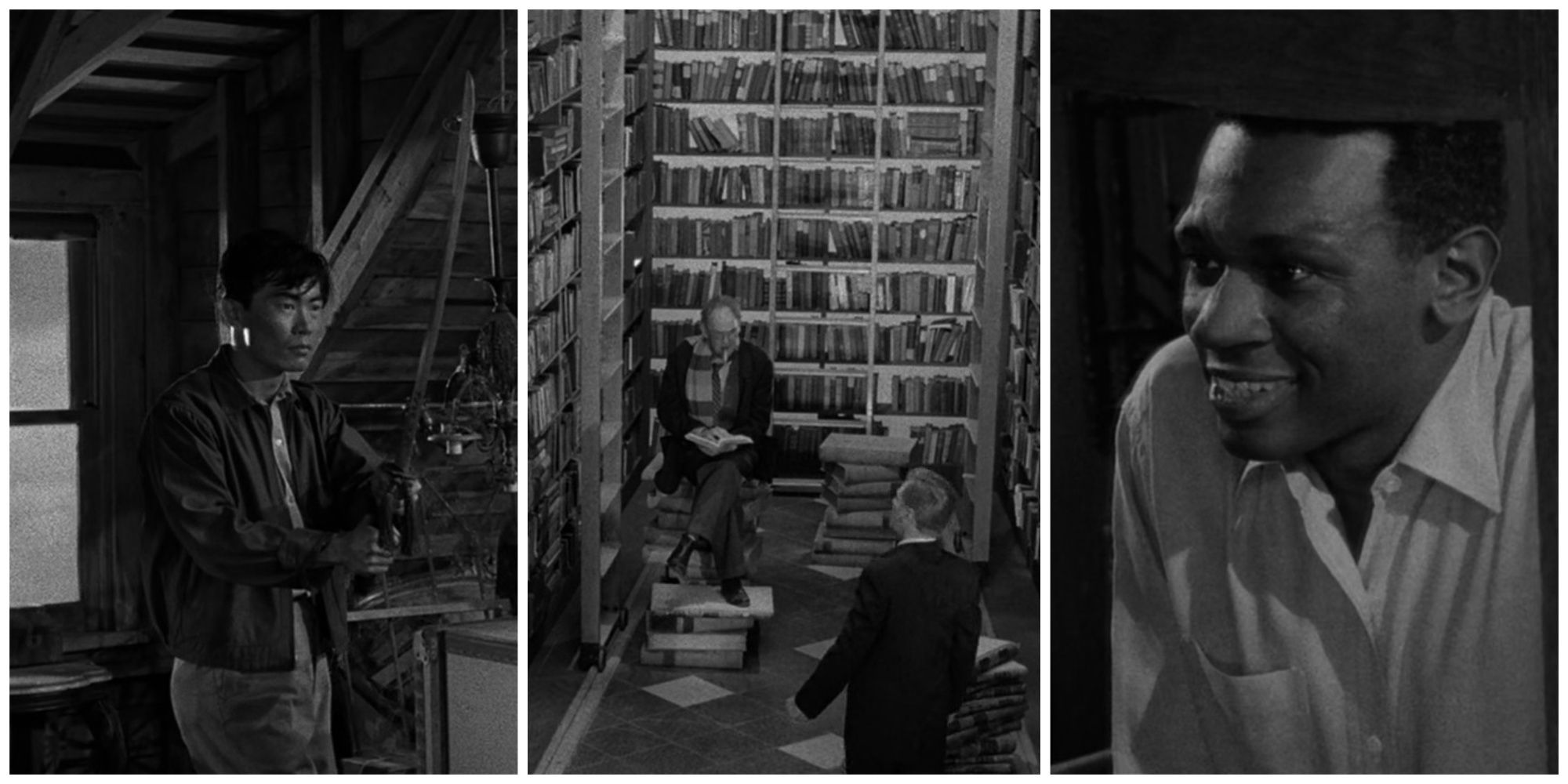
8 Most Controversial Episodes of The Twilight Zone, Ranked
The Twilight Zone thrills, delights, and terrifies audiences, but it hasn’t shied away from controversy now and then with its themes and narrative.
Serling aimed to “menace the public consciousness” by drawing attention to the pertinent issues faced by everyday Americans in the post-war era. Often, the writer used horror and suspense to communicate his ideas, but he was not averse to dabbling in comedy. While Serling’s contributions to The Twilight Zone comprise both hits and misses, his high watermark still serves to inspire other storytellers, decades after the show’s initial broadcast.
8 “The Long Morrow”
IMDb Rating: 7.5/10
The night before he is due to leave for a forty-year journey through space, astronaut Douglas Stansfield (Robert Lansing) meets and falls in love with his colleague, Sandra Horn (Mariette Hartley). The lovebirds are heartbroken that their romance is impossible: although Stansfield will spend the voyage in a state of suspended animation, Sandra will be an old woman by the time he returns to Earth. Refusing to let this problem stand in the way of their relationship, the pair embark on separate schemes to beat fate—with disastrous consequences.
“The Long Morrow” has a perhaps unexpected legacy in that it inspired an episode of the cult comedy series Gilmore Girls. While Rod Serling would no doubt be surprised to learn of the connection, it only confirms the enduring appeal of both The Twilight Zone and “The Long Morrow” itself. Forty years may be a long time, but Serling’s script still tugs at the heartstrings.
7 “In Praise Of Pip”
IMDb Rating: 7.5/10
Rod Serling’s Twilight Zone scripts can be terrifying (“Nightmare as a Child”) and they can be comedic (“Mr Dingle, the Strong”), but they can also be incredibly poignant. Such is the case with “In Praise of Pip,” which kickstarts the show’s final season with a touching tale about a deadbeat father’s love for his estranged son. After Max Phillips (Jack Klugman) learns his son is dying in Vietnam, he reassesses his life and decides to do what he can to protect his son—no matter the cost to himself.
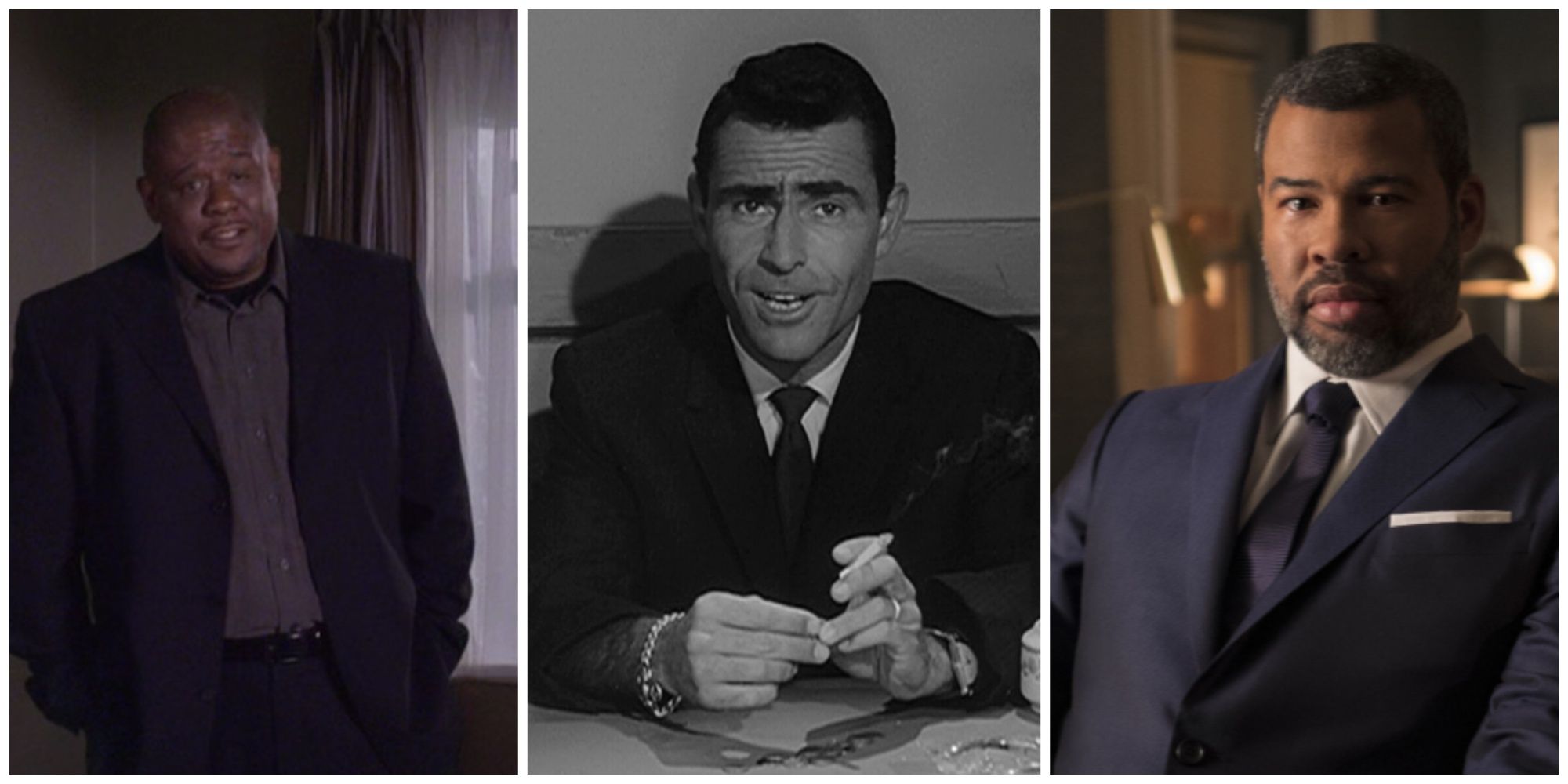
Every Twilight Zone Show And Movie, Ranked
The Twilight Zone has seen multiple TV revivals and movies, each with their ranking among the rest.
Serling’s script may be his own, but he is guilty of committing a degree of self-plagiarism. “In Praise of Pip” reuses aspects of an episode that Serling had written for another anthology series, Kraft Television Theatre, although it swaps the Korean War used in the earlier script for the then-contemporary Vietnam War. Given that Kraft Television Theatre is partially lost media, it’s no bad thing that a more readily accessible version of this story exists.
6 “Mirror Image”
IMDb Rating: 7.9/10
Nefarious doppelgängers are a classic genre fiction trope, from Albert Finney’s The Body Snatchers (adapted as Invasion of the Bodysnatchers in 1956 and 1978) to Star Trek‘s shape-shifting Founders. Serling’s take on the concept tests the sanity of Millicent Barnes (Vera Miles), a young woman stranded at a bus station in a storm. Despite her denials, the staff claims to have seen her before, while her luggage appears to shift around at random. Is she suffering from exhaustion, or is something more cosmic going on?
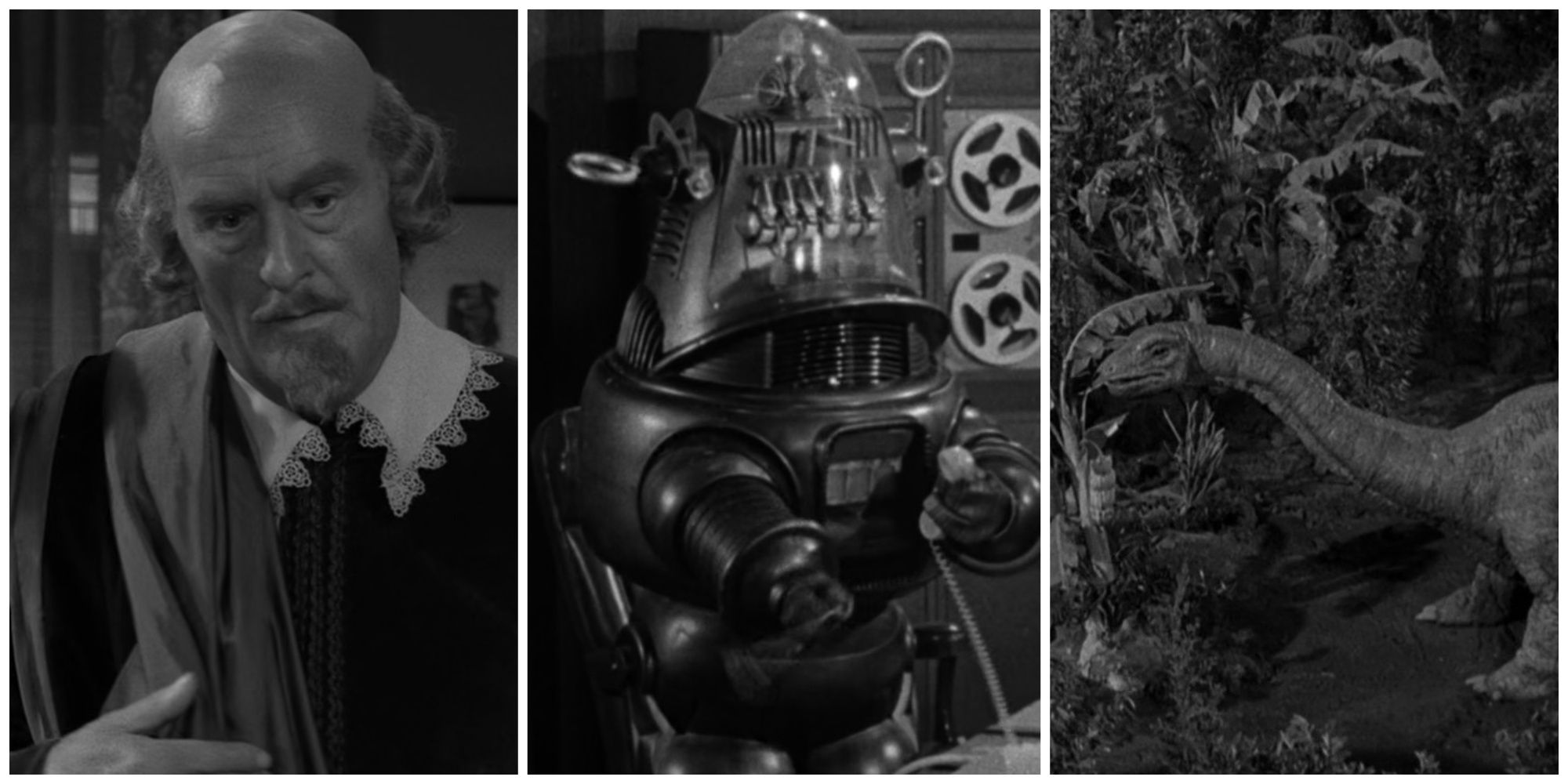
The Twilight Zone: 8 Times The Series Predicted The Future
The Twilight Zone made several predictions about what the future may hold; here are some examples of when it accurately foresaw what was to come.
Serling’s script deftly treads the thin line between the supernatural and normal delusions, forcing the audience to keep guessing as to Millicent’s true condition. This atmospheric story is supported by strong visuals, making it a worthwhile trip into The Twilight Zone.
5 “Where Is Everybody?”
IMDb Rating: 7.9/10
Although Serling had tested out The Twilight Zone concept with 1958’s “The Time Element,” it’s still impressive how polished the show’s first true episode is. While other science fiction franchises are notorious for their weak starts, “Where Is Everybody?” strikes gold from day one. A man (Earl Holliman) wakes up in an unfamiliar town with no idea where or who he is. His efforts to find answers are complicated by the fact that the town is completely lifeless—just where is everybody?

The Twilight Zone: Rod Serling’s Best Quotes
Rod Serling is arguably the face of The Twilight Zone, and in that time as the host, he’s harbored some truly memorable quotes.
The Twilight Zone‘s debut effort makes for an eerie and often unnerving episode, thanks to an inventive script that relies on mirrors and store mannequins to produce the illusion of there being others in the town. By definition, the installment also features the show’s first twist ending, a trope that would come to define the series and many of its best imitators.
4 “The After Hours”
IMDb Rating: 8.4/10
“The After Hours” represents the Platonic ideal of a Twilight Zone story: a seemingly normal person finds themselves trapped in an unusual situation that will challenge everything that they think they know. It also represents one of the show’s most terrifying installments, particularly for sufferers of automatonophobia (the fear of human-like figures such as dummies). When Marsha White (Anne Francis) visits a department store to purchase a gift, an encounter with a strange saleswoman results in Marsha being trapped in the store overnight—and perhaps for far longer.
Serling’s premise was strong enough to be revisited when The Twilight Zone returned to screens in the 1980s. However, despite the remake’s interesting take on some of the episode’s more horrific aspects, the original remains the definitive take on the concept.
3 “The Masks”
IMDb Rating: 8.6/10
When the wealthy Jason Foster (Robert Keith) learns of his impending death, he decides to settle some old scores by taking his ungrateful relatives on a one-way trip into The Twilight Zone. His daughter is neurotic and married to a ruthless businessman; his grandchildren are self-obsessed and psychopathic. There is no love lost between Foster and his family: he tells them that to inherit his fortune, they must spend Mardi Gras night wearing horrific masks that reflect their gruesome personalities.
While “The Masks” is Serling’s script, another member of the production team is also worthy of recognition. The episode was directed by Ida Lupino, an actress who had previously appeared in The Twilight Zone‘s first season. As such, it is unique among the original Twilight Zone installments in that it was the only one to be directed by a woman. It also features some of the franchise’s most memorably grisly visuals, making it a standout for fans of horror.
2 “The Monsters Are Due On Maple Street”
IMDb Rating: 8.9/10
Serling’s desire to interrogate as well as entertain inevitably resulted in many scripts focused on life in America during the Cold War. “The Monsters Are Due On Maple Street” is the archetypal example of the subgenre, effectively capturing the creeping suburban paranoia that caused normal American citizens to turn on one another. Following a series of bizarre events, the inhabitants of the normally pleasant Maple Street quickly begin to denounce one another as they search for enemy aliens.
Witch-hunts are a common trope, from viral games like Among Us to classic theater like Arthur Miller’s The Crucible. Rod Serling’s take on the concept is widely regarded as one of The Twilight Zone‘s most iconic stories and was influential enough to spawn an updated remake in the early noughties Twilight Zone revival. While the remake uses the War on Terror as its backdrop rather than the Cold War, the social tensions and human flaws captured by Serling are, as ever, timeless.
1 “Eye Of The Beholder”
IMDb Rating: 9.1/10
Due to its reliance on unusual camera angles, “Eye of the Beholder” was considered the hardest episode of The Twilight Zone to produce. Luckily, Serling’s script is more than worth the additional effort, as this iconic tale of an apparently hideous woman’s attempts to fix herself through surgery is well-known even outside of fan circles. Of course, all is not as it seems, and the final twist relays a timeless lesson about what it means to be beautiful. Serling himself recognized the quality of the basic premise, choosing to reuse it (with some alterations) in Night Gallery, a 1970s successor to The Twilight Zone.
Despite writing the episode, Serling found himself in legal hot water when a rival television producer threatened to sue for copyright infringement. The producer claimed that Serling’s episode stole the title of an existing educational film. To prevent further issues, the script was renamed “The Private World of Darkness” in many syndicated versions.
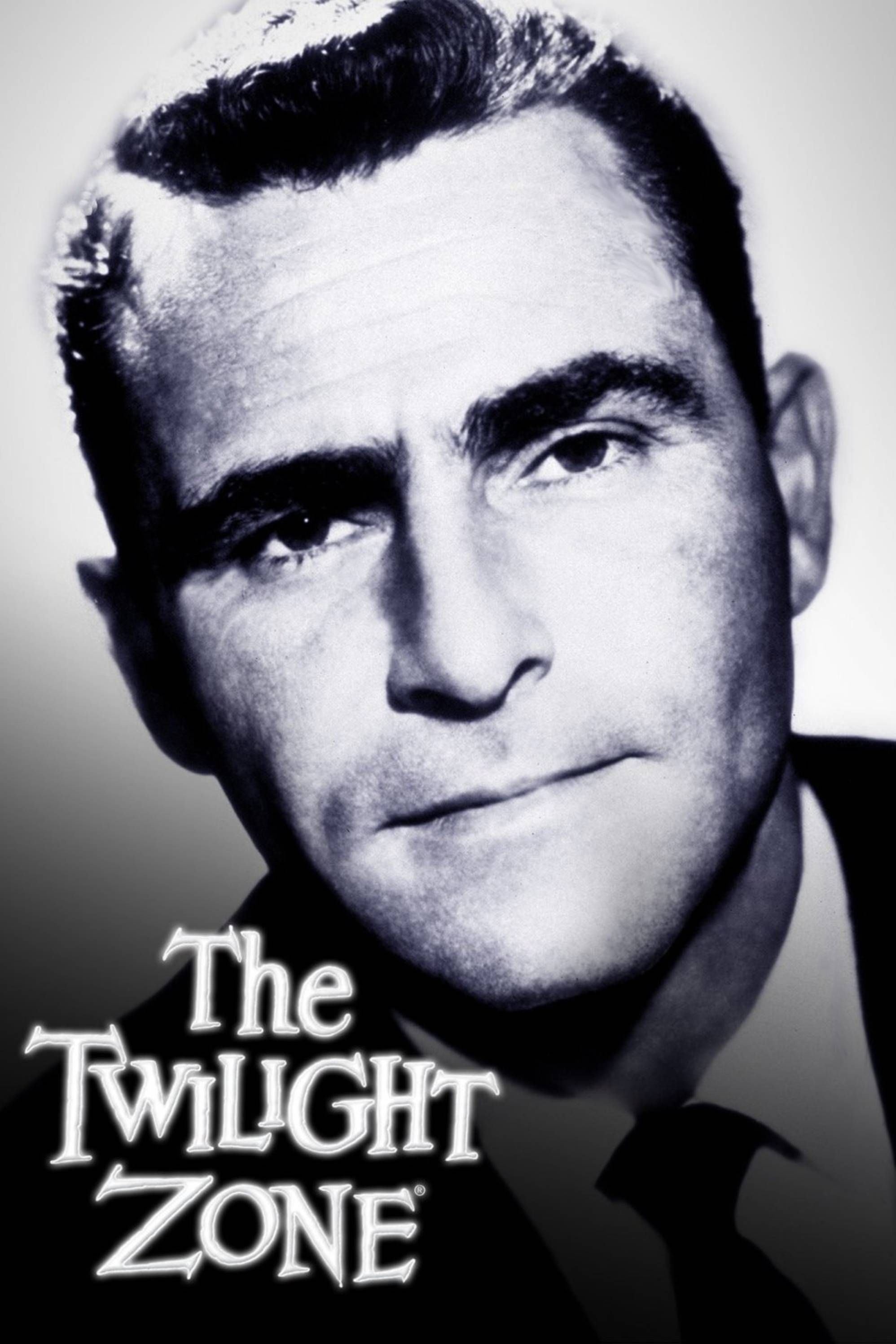
The Twilight Zone
- Release Date
- October 2, 1959
- Creator
- Rod Serling
- Number of Episodes
- 156
Read original article here: gamerant.com
News Summary:
- 8 Best Twilight Zone Episodes Written By Rod Serling, Ranked
- Check all news and articles from the latest GUIDES updates.
- Please Subscribe us at Google News.
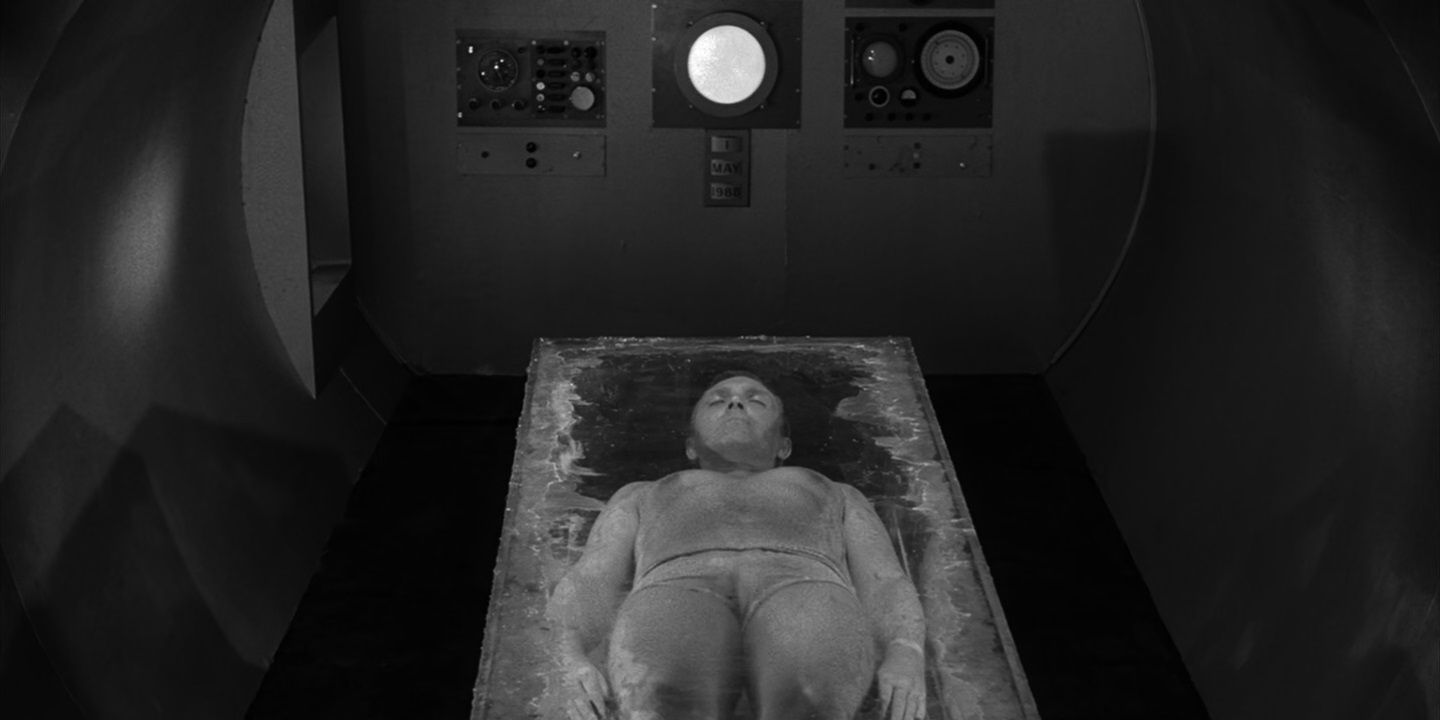
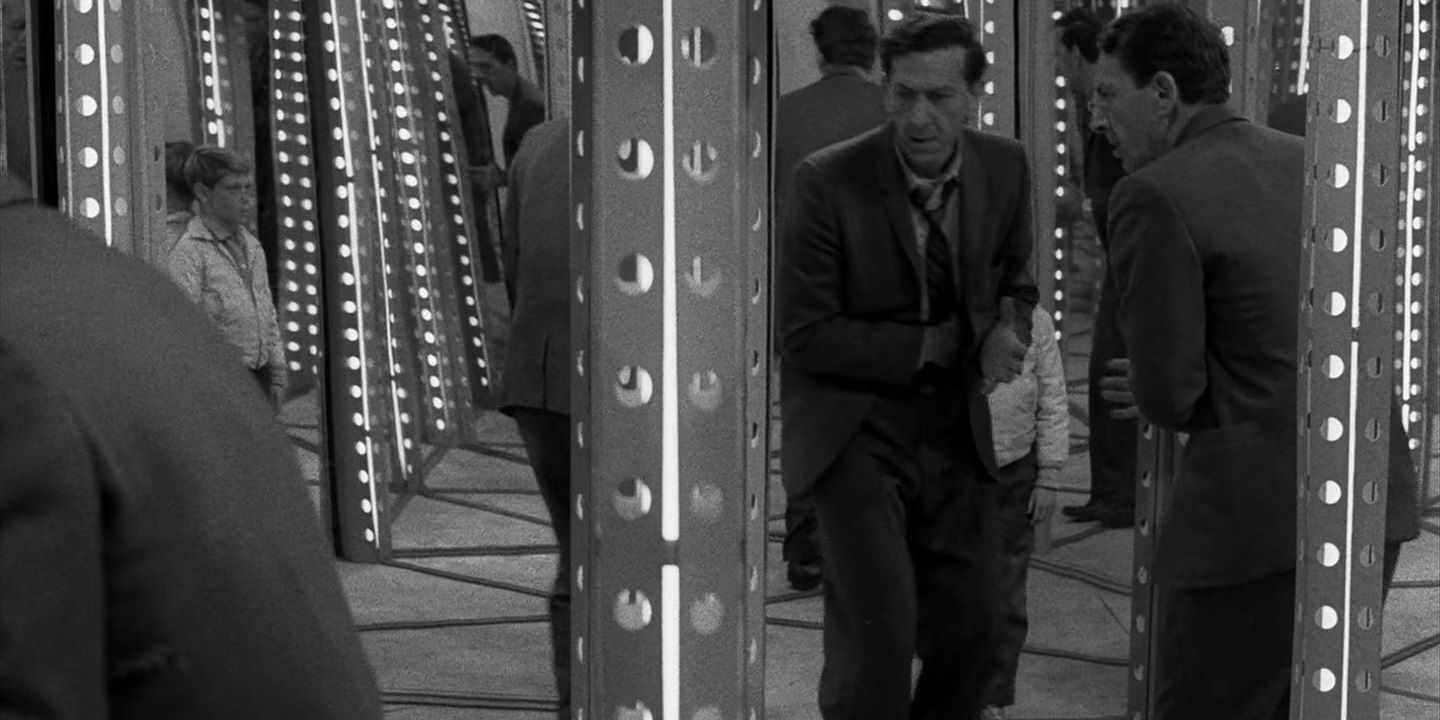
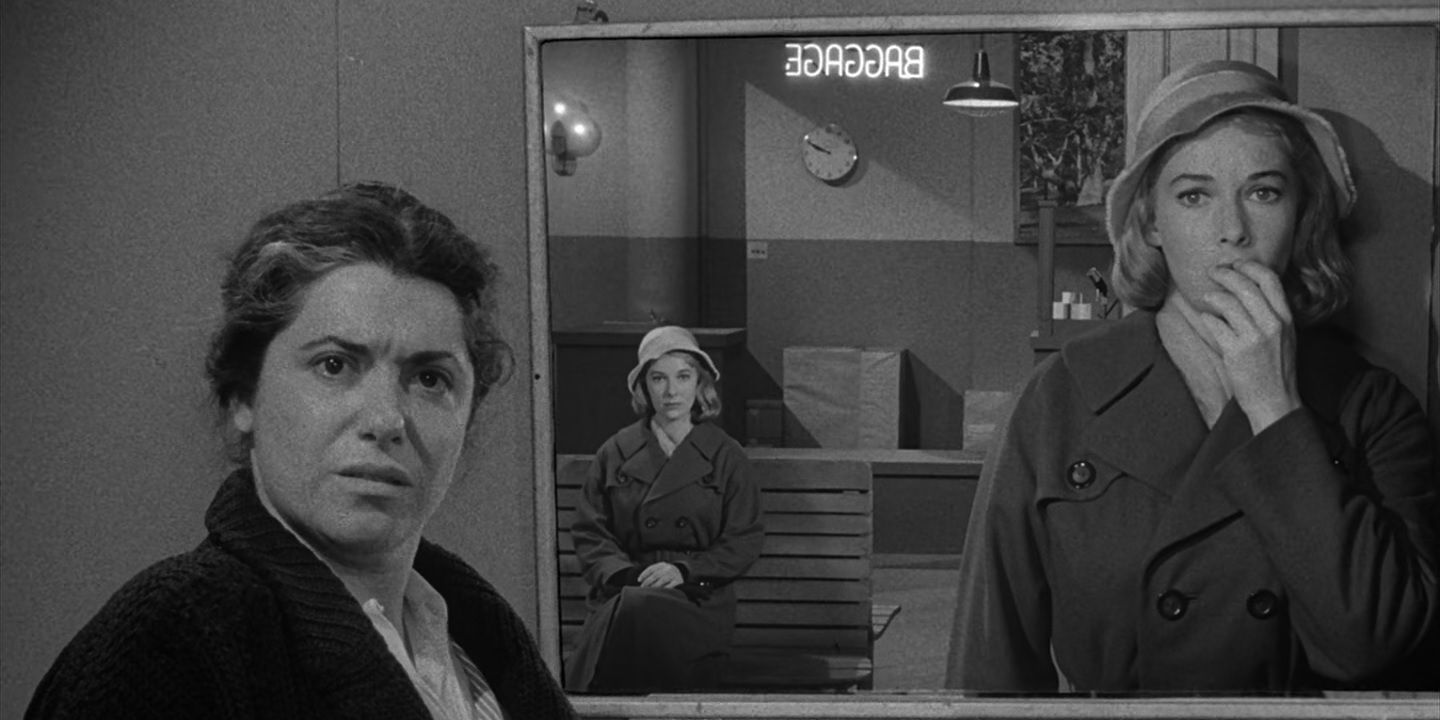
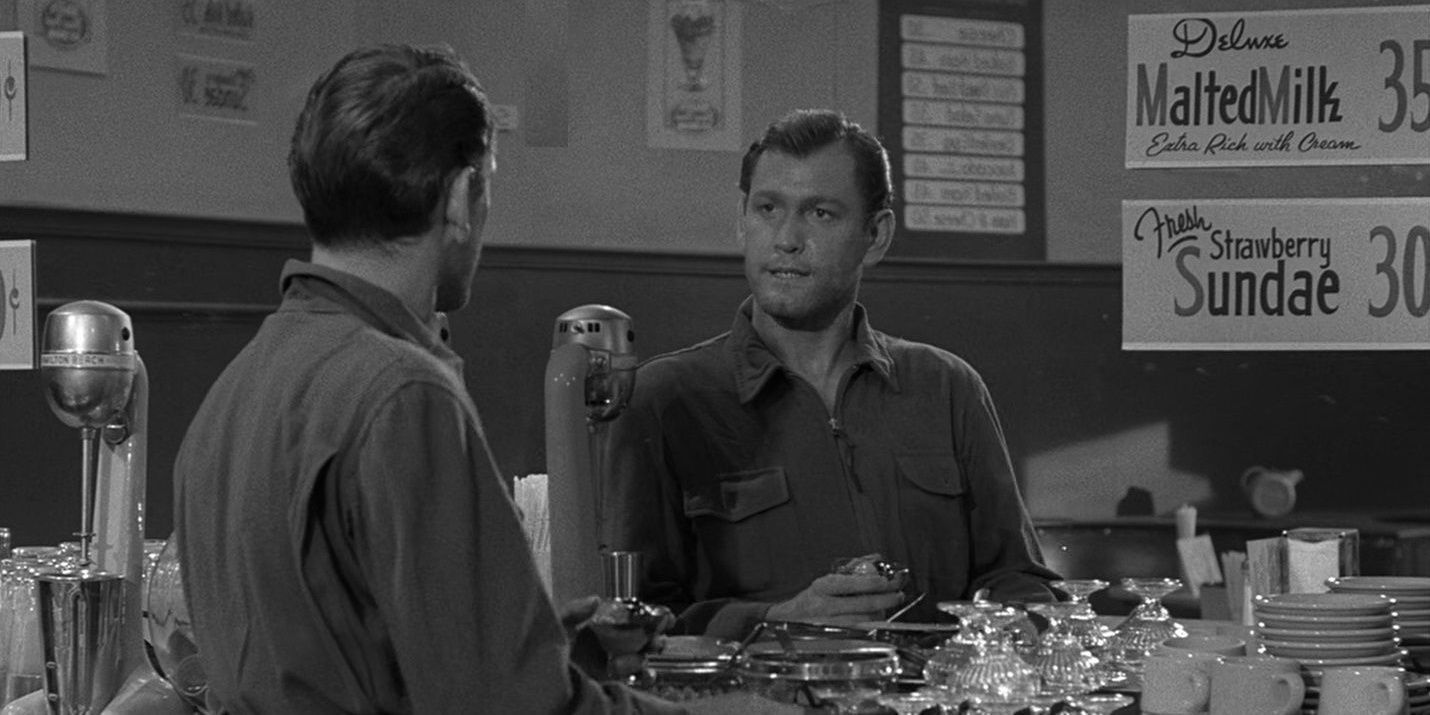
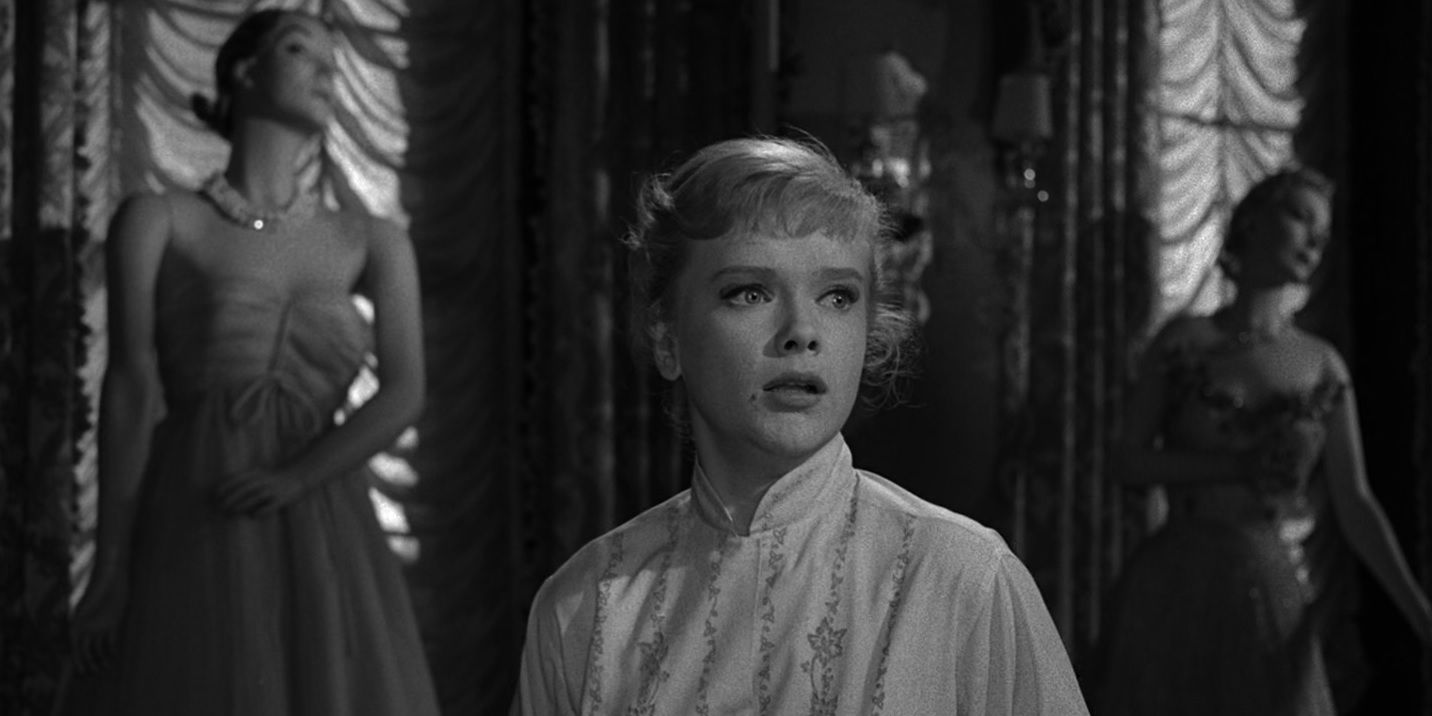
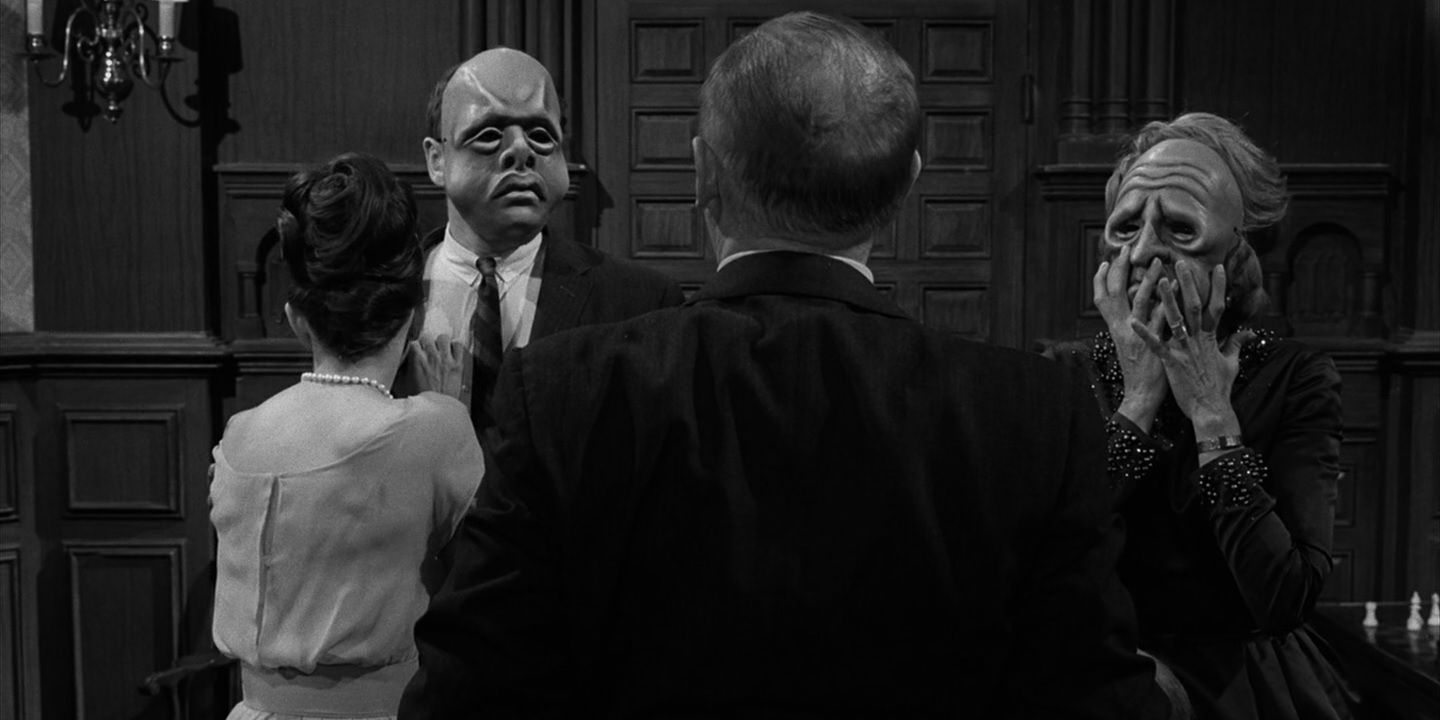
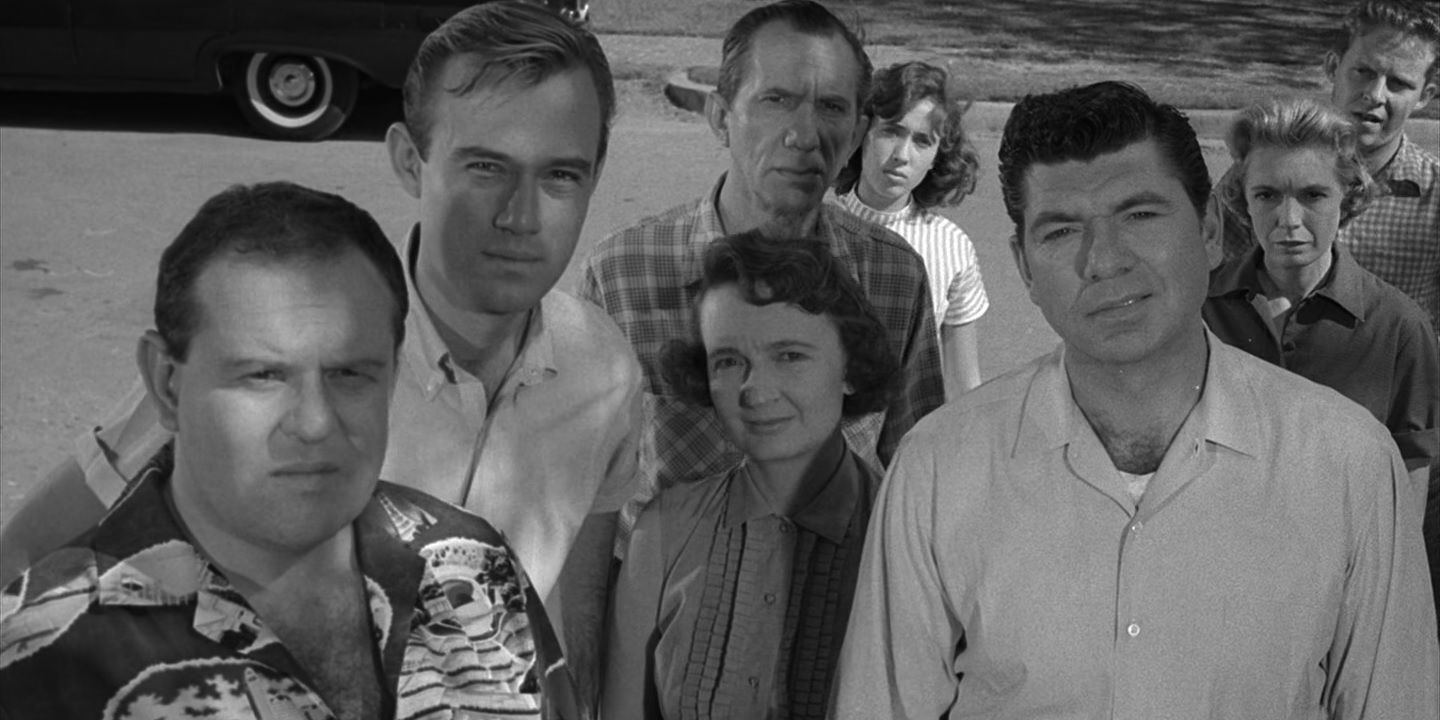
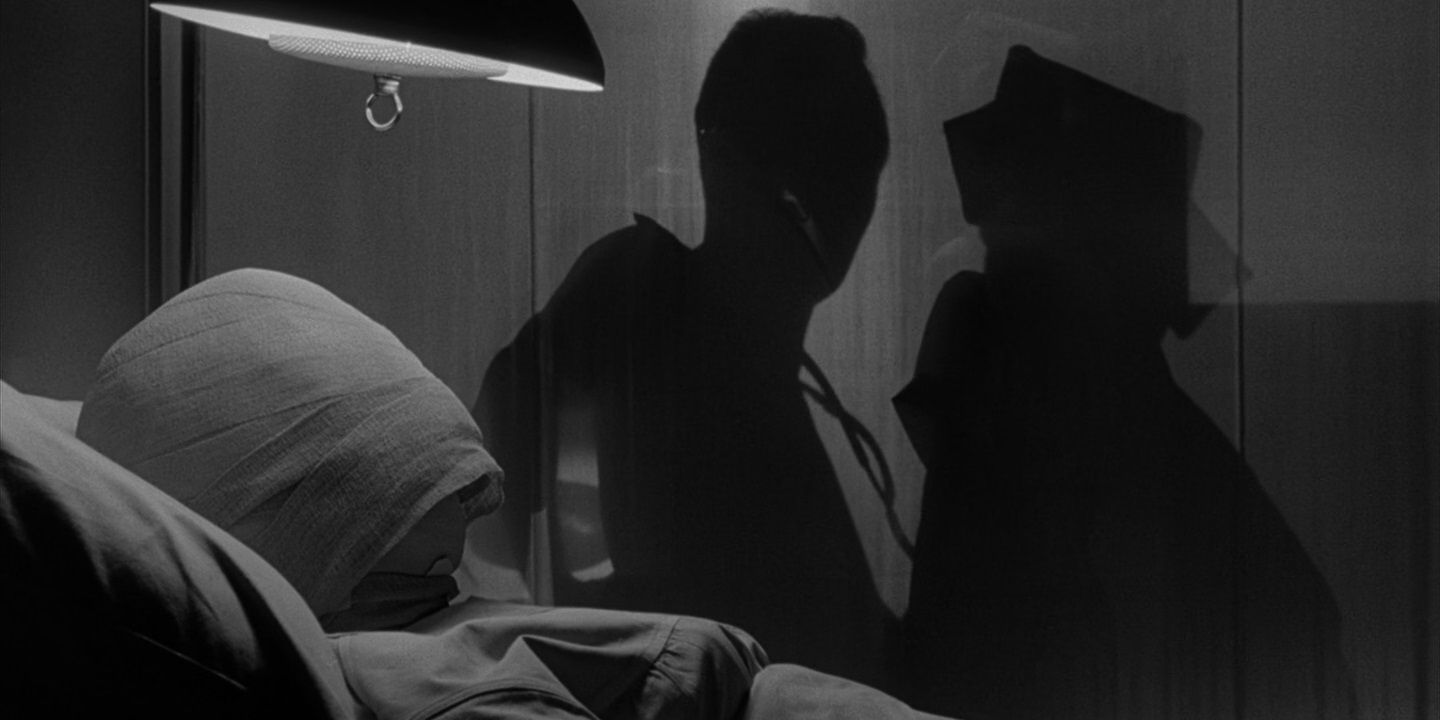



![15 Best Fallout 4 Automatic Weapons [100 Hours Experience] – VeryAli Gaming 15 Best Fallout 4 Automatic Weapons [100 Hours Experience] – VeryAli Gaming](https://i0.wp.com/www.veryaligaming.com/wp-content/uploads/2022/01/Fallout-4-automatic-weapons-11.jpg?w=390&resize=390,220&ssl=1)
